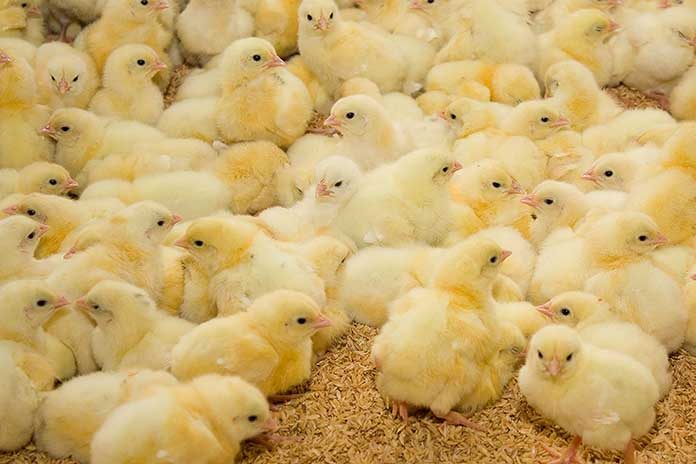
A study was conducted in order to investigate metabolic differences in the blood of chick embryos and post-hatch chicks from two egg sizes and from broiler breeders of different maternal ages using metabolomic profile approach.
Eggs from breeders of different ages (32 wk vs 51 wk, 63.2 ± 1.2 g) and eggs of two sizes laid by 45 wk old breeders (55.8 ± 1.2 g vs 67.7± 1.1 g) were incubated (n = 9–10) under standard conditions.
Blood were collected on chick embryos (e) days 14, 17, and 20, and on post-hatch day 1. Blood samples were extracted by methanol and derivatizatized before applied to gas chromatography-mass spectrometry.
Compound identification was determined by Fiehn metabolomics RTL library, and concentrations were calculated using Agilent data analysis software.
Pathway and Multivariate data analysis were performed using Metabo-Analyst. Principle component analysis results indicated that chick embryos from different size eggs on both e14 and post hatch d1 clustered separately. But this was not observed in embryos from different age breeders. Pathway analysis showed differences (P<0.05) in the metabolism involving gluconeogenic and ketogenic amino acids (glutamine, glutamate, threonine, glycine, and serine), linoleic acid, glycerolipids in embryos of different developmental stages.
Conclusively, results demonstrate that chick embryos metabolism in later developmental stage differ regarding to breeder age and egg size.

















